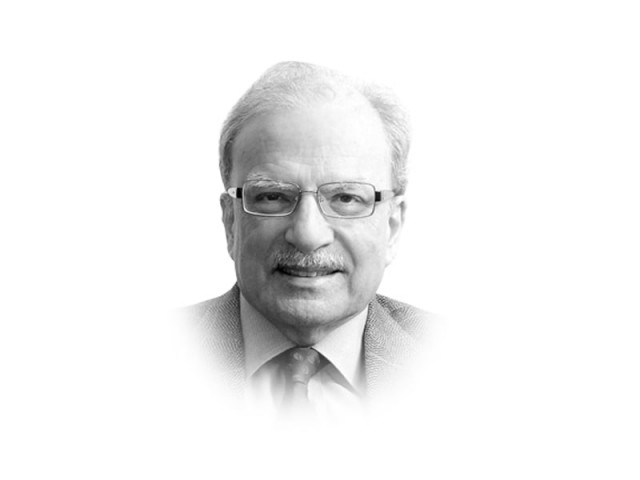
The anticipated quadrupling of the population did not occur. It was estimated at 170 million in 2010, 38 million short of what would have been the case had the rate of fertility remained at the level reached during the Ayub Khan period. The military government attempted to reduce the fertility rate by making the instruments of birth control available widely. However, the programme was bitterly opposed by the conservative elements in society. Their opposition cooled the government’s fervour for it. That said, some increase in household income, some increase in education and rapid urbanisation made a significant number of people receptive to the idea of smaller families. The rate of fertility declined from close to seven children per woman in the 1960s to an estimated 3.34 at this time. This had a fairly significant impact on the rate of population growth in recent years. Although censuses have not been carried out on a regular basis — the last count was in 1998 — demographers have arrived at a figure little below two per cent a year. This rate will decline further and in about 50 years, Pakistan’s population may stabilise at about 400 million, double its present size.
When the rates of fertility decline and medical advances continue to extend life, one inevitable result is aging. This is now happening more rapidly in industrial countries and is also occurring in emerging nations such as China. As pointed out in a recent United Nations report, there are about 600 million people in the world aged 65 years or older. As The Economist pointed out in an essay based on the UN estimates, this is itself remarkable, but even more significant is that those in this age group will double their share in the total population within just 25 years.
It is in this reshaping that countries such as Pakistan should see an opportunity. Several Western nations and Japan are reaching the situation where a fifth of their population would be above the age of 65 years. This demographic asymmetry presents an opportunity that Pakistan should not fail to make use of. What is required is public policy that will meet the changing demands for various kinds of services in the rapidly aging population in today’s rich countries.
One obvious approach for Pakistan is to fashion its export industry in the knowledge that the products it develops for external markets are those that are in increasing demand and not those for which demand is declining. Unfortunately most of our exports are in the latter category. An aging population in the West and Japan means that consumption of cotton-based goods will not grow very rapidly. What will grow are the services that an aging population will need. There is, for instance, a rapidly increasing demand for nursing and other medical services. Applications for various handheld electronic devices are also in high demand. In view of Pakistan’s reputation, entry of its citizens in the West is constrained. It, however, will have to find ways of satisfying the Western demand by developing services that can be provided without moving people in significant numbers.
Published in The Express Tribune, May 5th, 2014.
Like Opinion & Editorial on Facebook, follow @ETOpEd on Twitter to receive all updates on all our daily pieces.












COMMENTS
Comments are moderated and generally will be posted if they are on-topic and not abusive.
For more information, please see our Comments FAQ